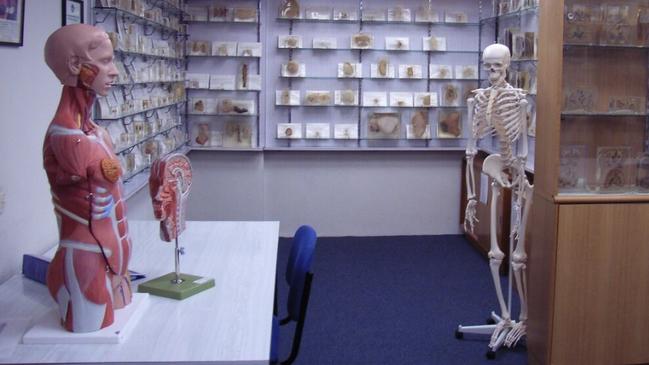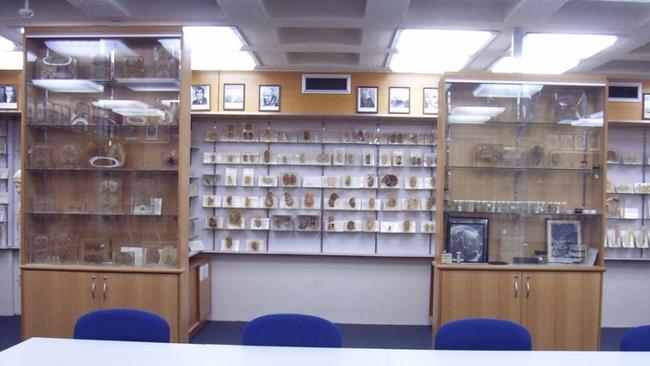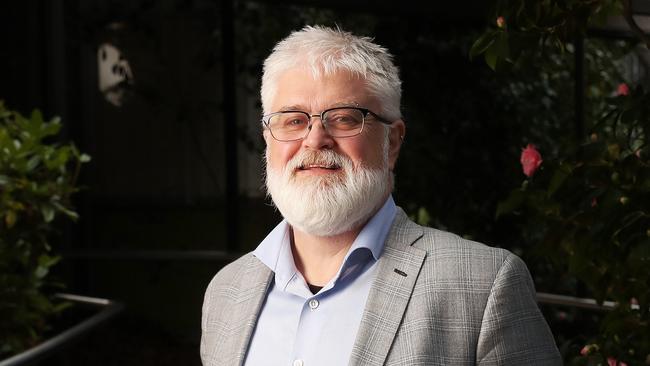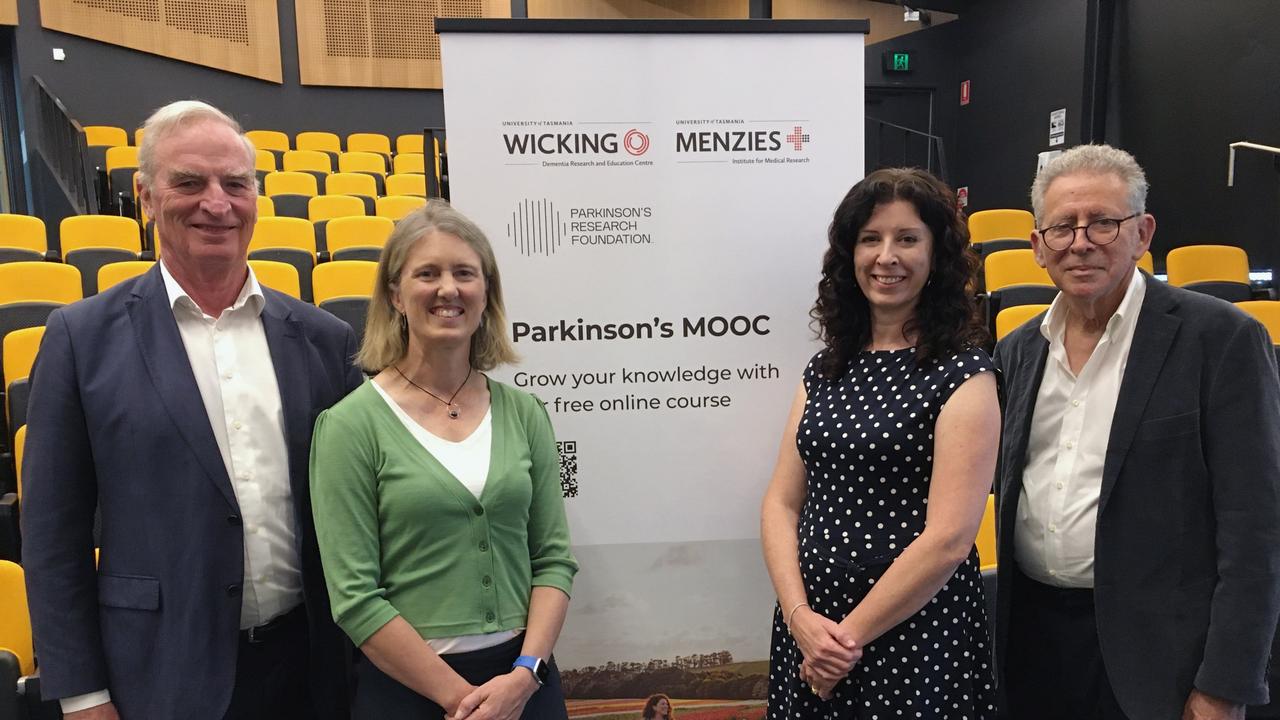Tasmanian Coronial Division identifies more than 100 ‘individual specimens’ in UTAS collection
The names of more than 100 deceased people whose autopsy “specimens” were identified in a museum collection have been released.

Tasmania
Don't miss out on the headlines from Tasmania. Followed categories will be added to My News.
More than 100 “individual specimens” from human autopsies have been formally identified in the collection of a medical museum at the University of Tasmania as the coroner seeks to determine whether they were obtained without family consent.
The Coronial Division of the Magistrates Court published a notice in the Mercury on Saturday, listing the names of the people identified.
“The existence of these specimens has since been confirmed and formally reported under the provisions of the Coroners Act 1995 and the following matters have been referred to the Magistrates Court – Coronial Division for investigation,” the notice read.

The specimens were collected between 1953 and 1985 and are kept at the R.A. Rodda Museum of Pathology on Collins St.
The coroner has named 126 deceased people and is encouraging family members to contact the Coronial Division to assist with enquiries related to the investigation.
“In February 2016 the R.A. Rodda Museum of Pathology at the University of Tasmania advised the Coroner’s Office that the Museum may have in its collection some individual specimens possibly retained following coronial autopsies carried out in the past,” a spokesman for the Coronial Division told the Mercury.
“As these matters have been formally reported we cannot provide any further information whilst they are under investigation.”
When the issue first became public in April, the Coronial Division said the investigation related to 147 people and “it is unclear whether this occurred with the knowledge or consent of family members”.
The R.A. Rodda Museum of Pathology was founded as a teaching and research facility in 1966 by the university’s first Professor of Pathology, the late Dr Ronald Arnold Rodda.
Its collection, which comprises about 2700 items, focuses on diseased organs from “samples collected primarily through autopsies, and surgical specimens from the years soon after it was established”, the museum’s website says.
“The current collection is around 2,700 items preserved in Wentworth’s solution and presented in perspex containers,” the website said.
“The initial collection was driven by Rodda’s fascination with brain disease and the museum has a notable selection of specimens such as tumours, stroke and Huntington’s disease. It also contains a human parasite collection.”
University of Tasmania deputy vice-chancellor Professor Ian Anderson has previously said the specimens in question weren’t on display and were “stored safely”.

“We welcome the coroner’s formal investigation of these matters and will continue to collaborate and support the office’s work,” he said.
To view the list of affected individuals, visit https://www.magistratescourt.tas.gov.au/coronerscourt/news/coronial-project.
If you are related to one of the people listed, contact coronialproject@magistratescourt.tas.gov.au or phone (03) 6165 4975.
More Coverage
Originally published as Tasmanian Coronial Division identifies more than 100 ‘individual specimens’ in UTAS collection





